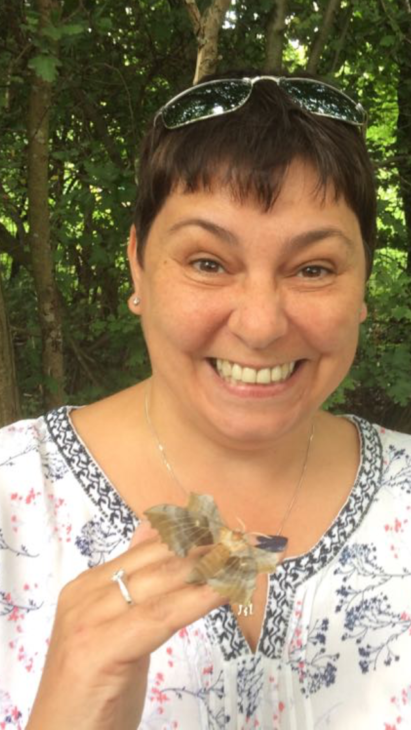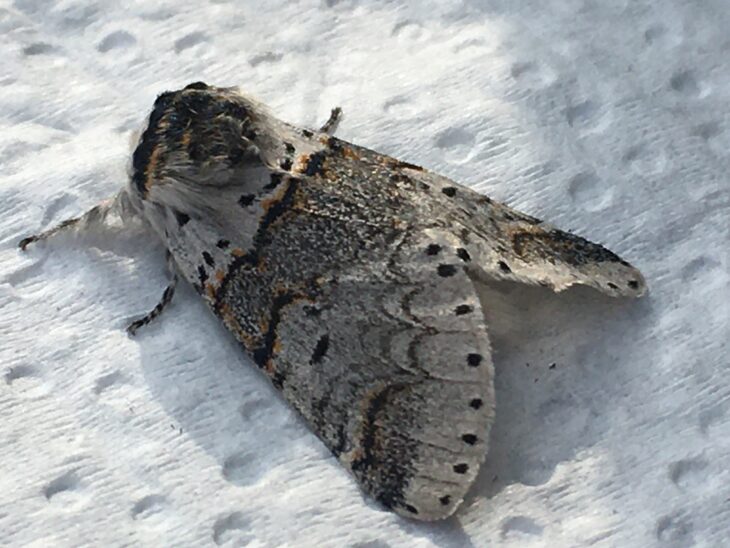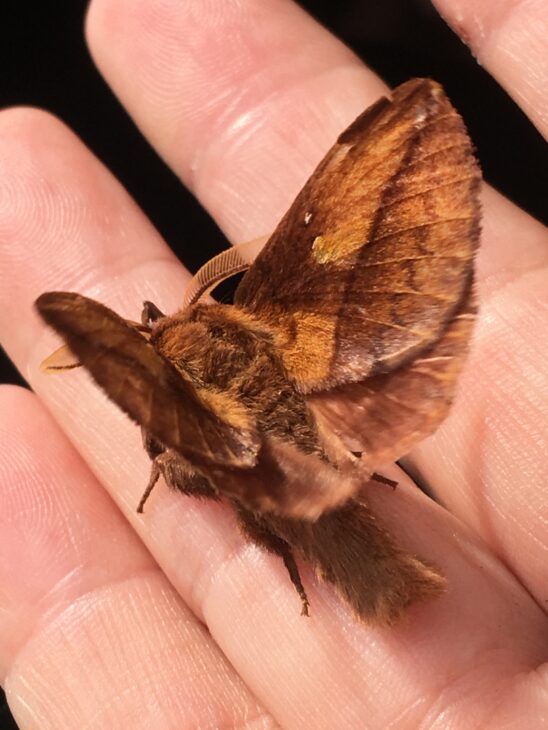A closer look at moths
,
I have always been a lover of butterflies, but it took me a bit more time to come around to moths. Until I started working for the Cumbernauld Living Landscape I used to think that moths were all little brown jobs, drab, mono-colour, and basically dull.
As it turns out I am so very wrong and that every day really is a school day. I have come to love these creatures with their variety of sizes, cryptic markings and colours, and I am sure you will too once you start to take a closer look.
There are some 1500 different types of moth in Scotland and even suburban gardens can host around 100 species. Moths are often masters of disguise with patterns to help them blend into their habitat, which is one reason we notice them less than their colourful cousins the butterflies.

Moth traps can be very expensive, but it is possible to rig up a homemade one with a sheet and strong torch. This is is a simple family activity. You just need to tie a rope up to hold the sheet and then shine a light from the torch onto the sheet until it starts to attract some moths.

Have a look at what the trap attracts and make sure to take photos. One of the best ways to identify them is use the website for the East Scotland branch of Butterfly Conservation. This allows you to identify moths based on region and month, and you are bound to find what moth you have caught after a bit of detective work.

Look out for other the insects which are attracted to the light and don’t forget to share your finds with us on our social media channels, we might even be able to help identify them!
Tracy Lambert, Project Officer
